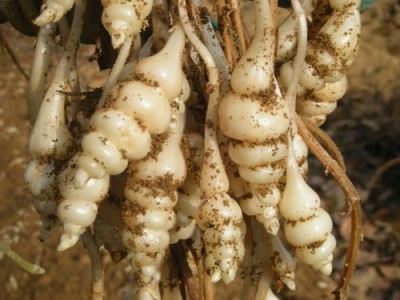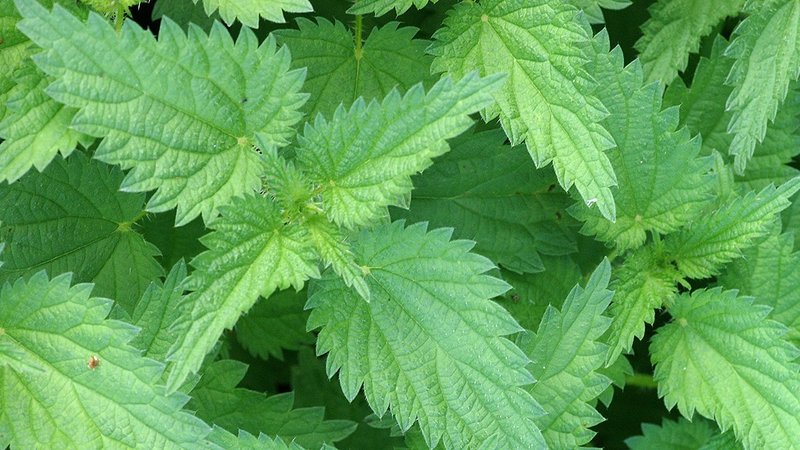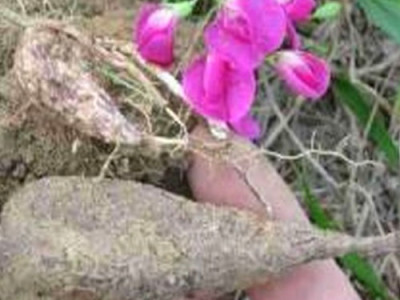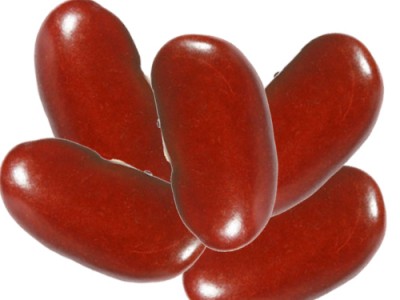
Stinging Nettle Home Remedies-Stinging Nettle Health Benefits
STINGING NETTLE
STINGING NETTLE USED FOR ALLERGY
- Anti-inflammatory properties: Stinging nettle contains several bioactive compounds, such as flavonoids and phenolic acids, which have anti-inflammatory properties. These properties may help reduce inflammation and alleviate symptoms associated with skin allergies, such as itching, redness, and swelling.
- Histamine modulation: Allergic reactions involve the release of histamine, which triggers symptoms like itching and inflammation. Stinging nettle has been suggested to have histamine-modulating effects, which means it may help regulate the release of histamine in the body and potentially provide relief from allergy symptoms.
- Topical application: While stinging nettle is commonly used as a tea or supplement, it can also be used topically for skin allergies. Applying a cooled stinging nettle infusion or using products containing stinging nettle extract on affected areas may help soothe skin irritation caused by allergies. However, it’s important to note that individual reactions to topical applications can vary, so it’s advisable to do a patch test first to check for any adverse reactions.
- Natural antihistamine alternative: Some people turn to stinging nettle as a natural alternative to over-the-counter antihistamine medications. However, it’s essential to consult with a healthcare professional before replacing any prescribed medications or starting a new treatment regimen.
- Precautions: While stinging nettle is generally considered safe, it may cause allergic reactions in some individuals, especially if they have a known allergy to plants in the Urtica family. It’s recommended to start with a small dose or apply a small amount topically to ensure there are no adverse reactions. If you experience any severe allergic reactions or discomfort, discontinue use and seek medical advice.

STINGING NETTLE USED FOR HOME
- Herbal tea: Stinging nettle leaves can be dried and used to make a soothing herbal tea. Steep a teaspoon of dried nettle leaves in a cup of hot water for 5-10 minutes, strain, and drink. Nettle tea is often enjoyed for its potential health benefits, including its possible diuretic and anti-inflammatory effects.
- Culinary use: Young stinging nettle leaves can be cooked or steamed and used as a nutritious leafy green vegetable. Use gloves when handling fresh nettle leaves to avoid the stinging sensation. Nettle leaves can be added to soups, stews, pasta dishes, or used as a filling for homemade ravioli.
- Nettle-infused oil: Stinging nettle leaves can be infused in carrier oils, such as olive oil or coconut oil, to create a topical solution. Place dried nettle leaves in a clean jar, cover with the oil of your choice, and let it sit for a few weeks in a cool, dark place. Strain the oil and use it topically for various skin conditions, including dryness, eczema, or minor irritations.
- Hair rinse: Nettle infusion can also be used as a natural hair rinse. After brewing nettle tea, let it cool, and use it as a final rinse after shampooing. Nettle is believed to promote hair health, stimulate hair growth, and combat dandruff.
- Natural fertilizer: Stinging nettle can be used as a natural fertilizer for plants in the garden. Create a nettle fertilizer by steeping fresh nettle leaves in water for several weeks until it ferments. Dilute the resulting liquid and use it to water your plants to provide them with nutrients.
- Compost activator: Nettle leaves are rich in nitrogen, which makes them an excellent addition to a compost pile. Adding nettle leaves to your compost can help speed up the decomposition process and enrich the resulting compost with nutrients.
(Visited 58 times, 1 visits today)


